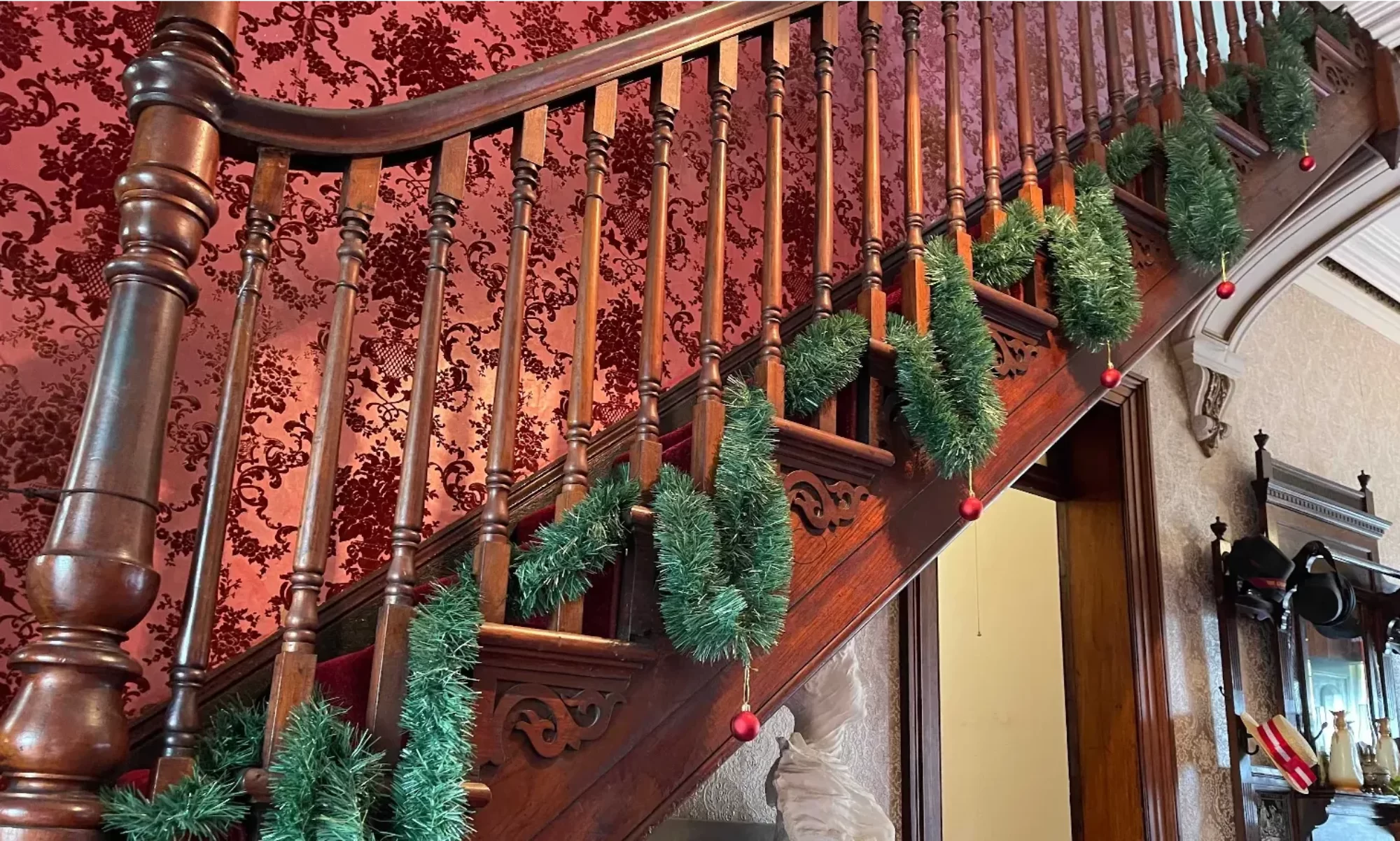by Bettye Ross
Continued from part 1.
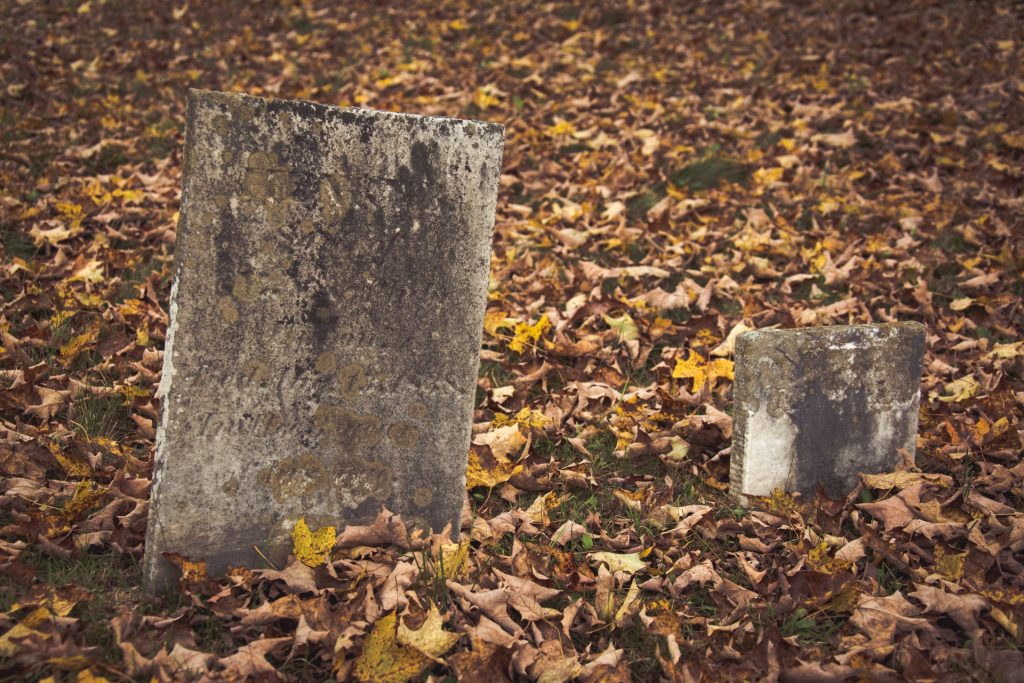
So Eliza Harris Tompson was the daughter of Charles Tompson and Jane Armytage (nee Morris) and with a little leeway from the 1828 Census that looked right. The St. George & Sutherland Shire Leader published my results and I received a very nice phone call and letter from a lady descended from Charles Tompson, but before I move on to my conversation with her I’d still been playing with the research tools!
I had now come up with the fact that Charles Tompson had not come free but as a Convict, on the Coromandel I as the Census stated, and he and Jane had only married in 1822. Eliza Harris Tompson had been born c.1817 (naturally there is no birth or baptism registration) so was she being claimed as a Tompson or was this an adopted surname, perhaps she was really an Armytage?
Further research into Jane showed she had been born in the Colony to James Morris, a private in the New South Wales Corps, and his common-law wife Elizabeth Watts and that Jane had a younger sister Hannah (same parents) who also had married a Charles Tompson. Now I was in trouble, two Charles Tompson.
Meanwhile back to the phone call and letter from the Tompson descendant, she verified that she was the great granddaughter of Eliza Harris Tompson’s brother and that Eliza had been given the second name of Harris after the surgeon John Harris who obviously had delivered her, and that Eliza Harris Johnson’s maiden name had definitely been Tompson and that she was not the daughter of Charles Tompson’s marriage to Jane Armytage (nee Morris) but that her mother had been Elizabeth Boggis, the first wife of Charles Tompson and that Elizabeth had died in 1822 when Eliza H. (Harris) was almost five years of age. Charles Tompson had then remarried to Jane Armytage (nee Morris) who was widowed the same year as Charles and she brought three children to join his seven motherless children. They then went on to have another eight children and the third one was named Eliza H. in the 1828 Census but was actually baptised Elizabeth Henrietta.
Incidentally Eliza’s brother Alfred had the second name of Fulton (after Rev. Henry Fulton) and her half-brother Ferdinand’s (mother Jane Armytage nee Morris) second name was Macquarie, and her half-brother Theodore’s second name was Lachlan. All very relevant to the new Colony!
Eliza Harris Tompson married William Jonathan Johnson in 1838 at Clydesdale, Windsor which was the home of the Tompson family. Her adoptive mother Jane Tompson (was Armytage nee Morris) had a younger sister Hannah Morris who as I said above married Charles Tompson and he was the brother of Eliza Harris Johnson (nee Tompson) and like his father he was Charles Tompson but he was born 1807 of the first Tompson wife, Elizabeth nee Boggis.
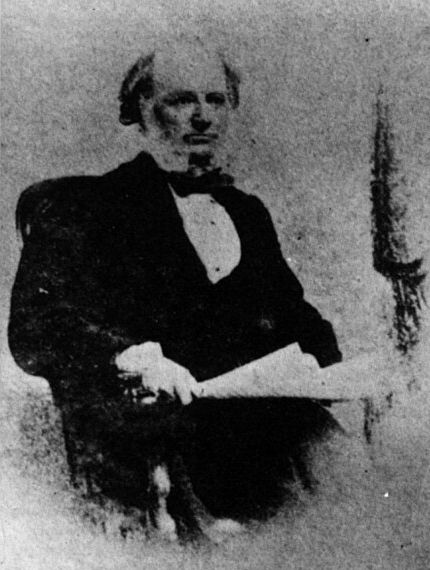
William was the son of Richard Johnson, a watchmaker, and Elizabeth Phillips and he and Eliza Harris Tompson had eight children – three boys and five girls living and one boy and three daughters dead when William died at Newtown after an illness of dropsy 3 October 1866 aged 55 years. He had been born at Islington, London 1811. He built the first organ in the Colony “of two manuals and nine stops which today stills stands in its original place in St. Matthew’s at Windsor and had major restoration in 1986 but still has most of its original parts. The one other surviving piece of Johnson’s organ building – an 1844 chamber organ is now in the Powerhouse Museum.” *
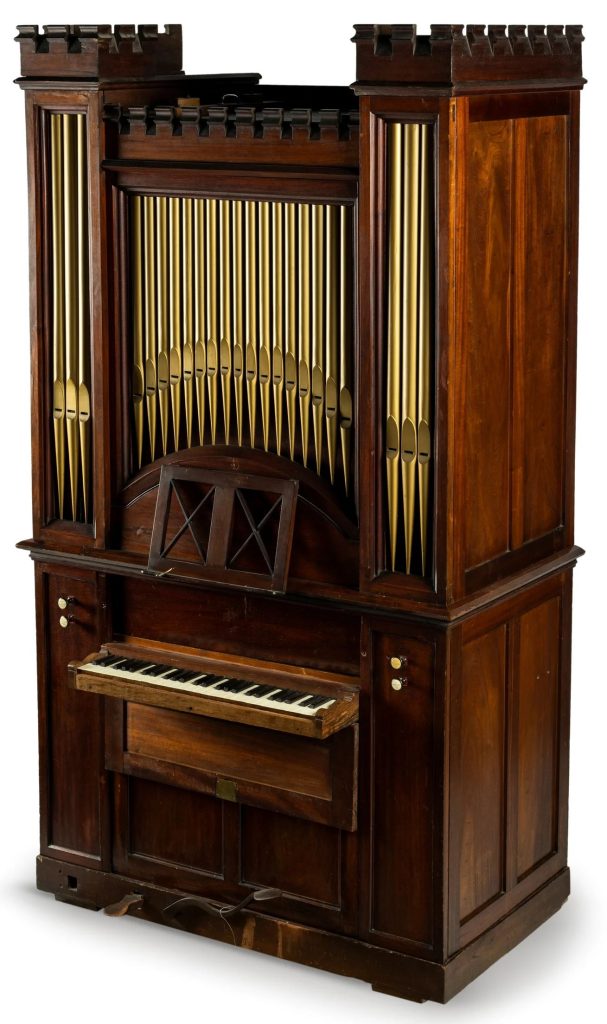
He also built 12 other organs, gave singing and music lessons, edited books of psalms, was a founder of the Sydney Vocal Harmonic Society and when forced through bankruptcy sold English organs to churches in Bathurst, Mudgee and Darling Point. *
By the time Eliza died her stepmother had been dead two years but Eliza’s death seems to have been an extremely lonely one and not even a note of it in the newspapers with no word from any of her children of sorrow, nor did any of them witness her burial, so who arranged for the inscription, on William Jonathan Johnson’s headstone, to her. To the eye of those standing by a sad indictment to family life.
All this led to other avenues of research, for Charles Tompson Snr. turned out to be the second owner of the “Bexley” Estate on which Lydham Hall stands for he bought it from James Chandler who had run into financial difficulty. Charles Tompson could have lived there (for the home of Chandler’s “Bexley” had been built) though it’s thought he didn’t, for his home Clydesdale was in use at Windsor however Charles also ran into financial trouble and it was sold in lots.
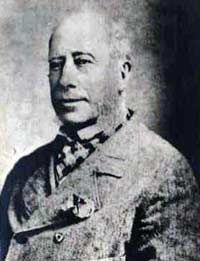
Charles Tompson Jnr. (educated by the Rev. Henry Fulton), the son of Charles Tompson Snr and Elizabeth Boggis, became a famous Australian poet and like Henry Kendall came from the Hawkesbury area. He is supposed by some to have been the first Australian poet. So now we find a link to St. George area in the Tompson name by the purchase of the “Bexley” Estate, just as in the last issue of the Society’s bulletin we found a link with it through Henry Kendall’s poem Woolli Creek and Henry Kendall’s sister’s employment as a music teacher at Caroline Chisholm’s new School Green Bank formerly known as Tempe House.
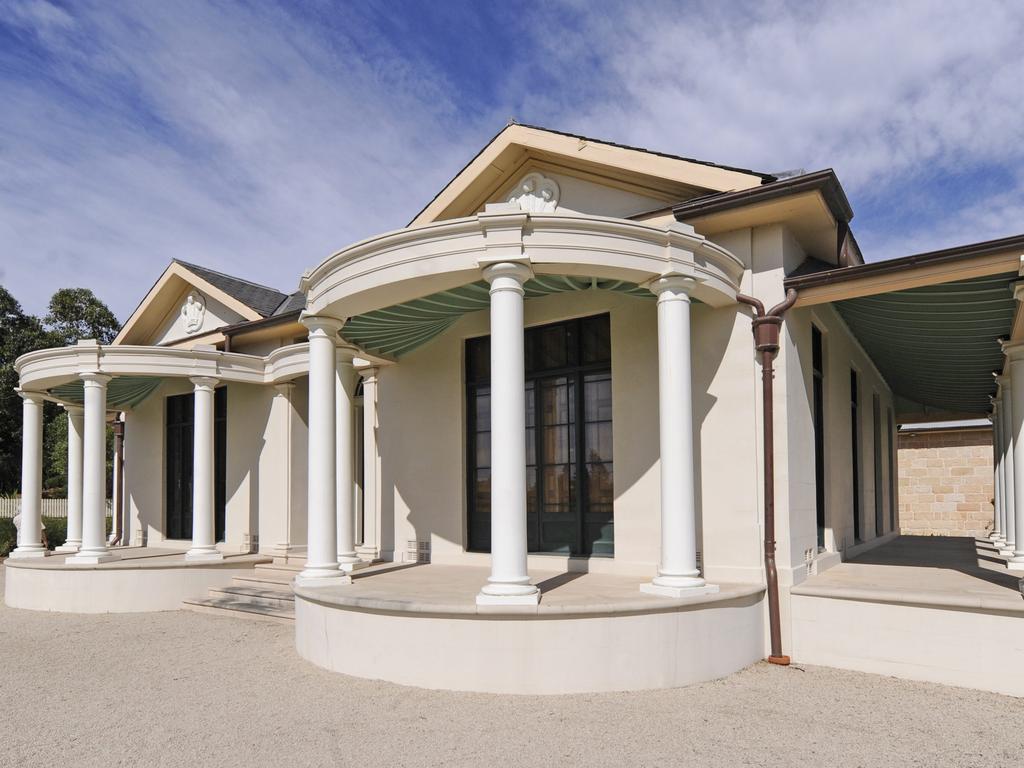
William Boggis (sometimes spelt Bogus, Boge, Boggie or Biggis) was a fisherman 18 years old when charged at Surrey with theft for which he was to be “whipt for two hours at the back of a cart traveling between the County Gaol and St. Thomas’ Hospital”. However he must have offended again for he was sentenced to seven years transportation to America, which actually brought him to Port Jackson instead. He arrived on the Scarborough in the First Fleet and within six months received 50 lashes for gambling and the next month received 100 lashes “on the bare back with a cat o’nine tails” for throwing a female to the ground and trying to assault her. The following year he received another 200 lashes and was to have an iron on his leg and the words “THIEF printed on and made fast to his clothes”. Early 1790 he was sent to Norfolk Island and had a common law marriage to Elizabeth Smith who as a convict had arrived in the Colony on the Lady Juliana in 1789. They had a child Elizabeth Boggis in 1792 and it was this child who married Charles Tompson (ex-convict) and died in 1822 and her mother Elizabeth Smith had died two years earlier in Sydney.
Charles Armytage, the first husband of Jane Morris (natural daughter of Private James wife Elizabeth Watts who arrived Free), arrived here as a convict on the Fortune in 1806 and he died in April 1822. He received a Spirits Licence for his dwelling in Pitt St early 1811 and was a publican by 1816.
Elizabeth Watts aged 18 years arrived Free in the Colony from Dorset on the Bellona as a dairymaid to the Rose family. This ship left Deptford 28 July 1792 carrying only settlers and 17 female convicts, one of whom was Sarah Mason. Also on board was Frederick Meredith who had come here earlier on the Scarborough, the same ship as William Boggis, but Frederick had come as a steward to the captain and he stayed two years before returning to England on the Waaksamheid and then sailed back to New South Wales on the Bellona as a baker. He married Sarah Mason the young convict girl he’d met on the voyage out here and it was their daughter Ann Meredith who married John Gibbins and one of their children was Frederick Gibbins of “Dappetto” – another St. George note of interest!
* from information supplied to the St. George & Sutherland Shire Leader shortly after the news of the find of the Tombstone which commenced this search, by Graeme Rushworth, the author of a history of colonial organmakers.
This article was first published in the July 2002 edition of our magazine.
Browse the magazine archive.
